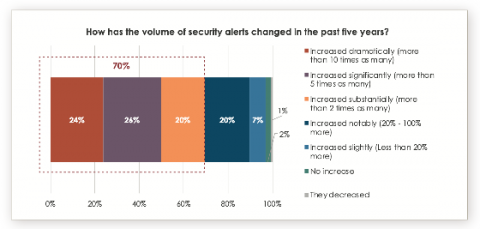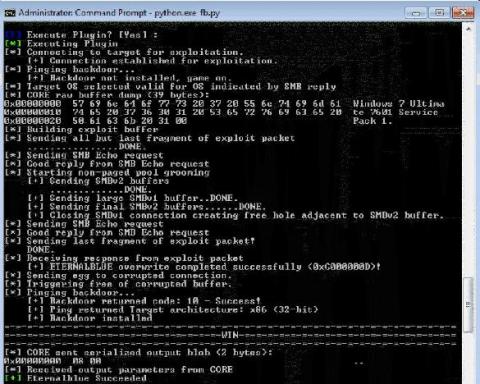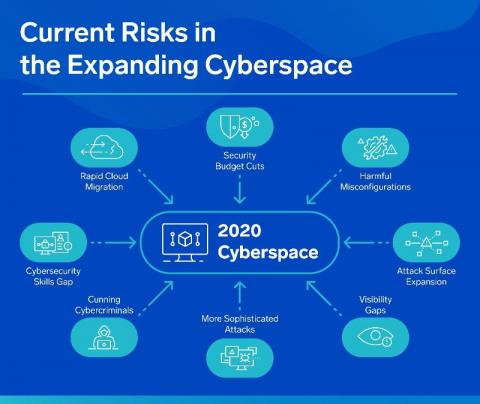The automation hype is real for SOC teams: unpacking the Dimensional Research "2020 State of SecOps and Automation" report
As more and more enterprises shift to the cloud, the pressure on SOC teams to protect them against threats rises exponentially. They are the very first line of defense against data breaches and cyber threats that become more frequent and more sophisticated.







